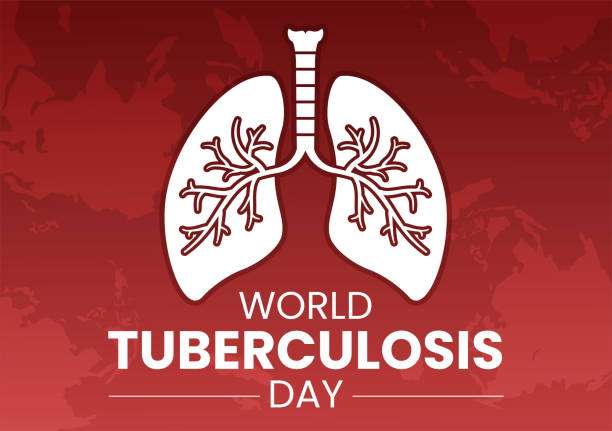Want create site? Find Free WordPress Themes and plugins.
TB is an abbreviation that can stand for a number of things, but it most commonly refers to tuberculosis. Tuberculosis is a serious infectious disease that mainly affects the lungs. It is caused by a bacterium called Mycobacterium tuberculosis. The disease is spread through the air when an infected person coughs or sneezes.
TB can cause a variety of symptoms, including cough, fever, weight loss, and fatigue. If left untreated, TB can be fatal. However, there are effective treatments available for TB. With early diagnosis and treatment, most people with TB can recover fully.
TB is a major public health problem, especially in developing countries. According to the World Health Organization (WHO), there were an estimated 10.4 million new cases of TB and 1.4 million deaths from TB in 2020.
TB: Tuberculosis's Silent Presence



- Unraveling Tuberculosis
Tuberculosis is an infectious disease that primarily affects the lungs but can also target other parts of the body, such as the kidneys, spine, and brain. - Modes of Transmission
TB spreads through the air when an infected individual coughs or sneezes, releasing tiny droplets containing the bacteria. Anyone inhaling these droplets may become infected.
TB Symptoms and Diagnosis
- Recognizing Symptoms
Common symptoms of TB include persistent cough, fatigue, unexplained weight loss, fever, and night sweats. However, symptoms may vary depending on the part of the body affected. - Diagnostic Methods
Diagnosing TB involves various methods, including chest X-rays, sputum tests, and tuberculin skin tests. Advanced technologies like molecular tests also aid in accurate diagnosis.



Treating TB: A Complex Endeavor
- Standard Treatment Protocols
Standard TB treatment involves a combination of antibiotics taken over several months. Adhering to the prescribed regimen is essential to ensure complete recovery. - Drug-Resistant TB
The emergence of drug-resistant TB strains poses challenges to effective treatment. Multidrug-resistant TB (MDR-TB) and extensively drug-resistant TB (XDR-TB) require specialized approaches.
Global Impact of TB



- TB’s Worldwide Prevalence
TB remains a global health concern, affecting people across all continents. High burden countries struggle with limited resources to control the disease. - Addressing TB on the Global Stage
Efforts by organizations like the World Health Organization (WHO) and governmental agencies focus on creating awareness, providing treatment, and developing strategies to combat TB.
Preventive Measures and Awareness
- TB Prevention Strategies
Preventing TB involves a combination of measures such as vaccination (BCG vaccine), identifying and treating latent TB infections, and practicing respiratory hygiene. - Raising Awareness
Raising public awareness about TB’s symptoms, transmission, and treatment is crucial in early detection and reducing stigma associated with the disease.
Conclusion
Unveiling the full form of “TB” in the context of disease reveals the gravity of tuberculosis and the need for continued vigilance, research, and awareness. Combating TB is a shared responsibility that spans across borders and disciplines.
FAQs
TB spreads through the air when an infected person coughs or sneezes, releasing bacteria-containing droplets.
TB can be diagnosed through methods like chest X-rays, sputum tests, tuberculin skin tests, and molecular tests.
Global efforts involve creating awareness, providing treatment, developing new tools, and addressing drug-resistant TB strains.
Did you find apk for android? You can find new Free Android Games and apps.






